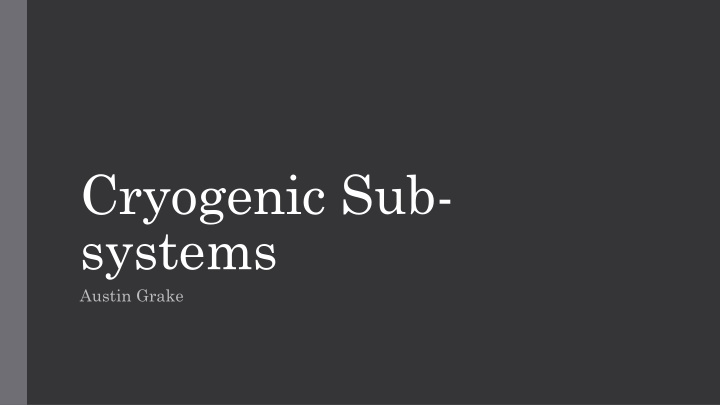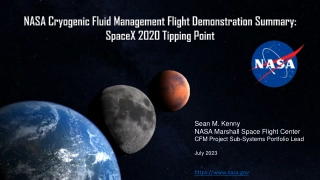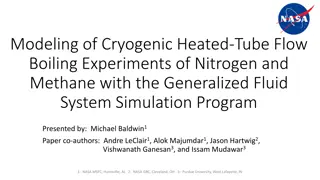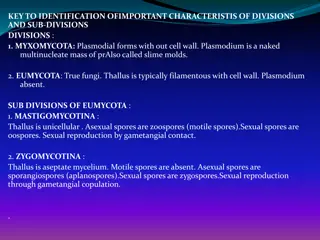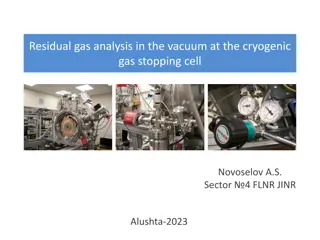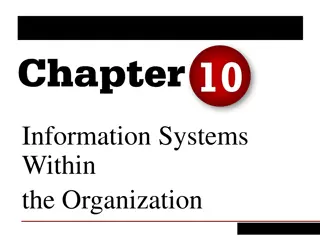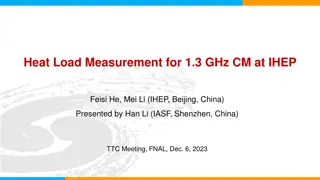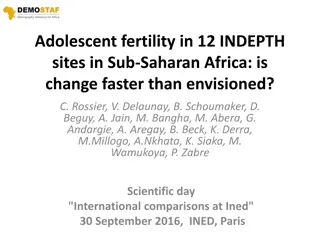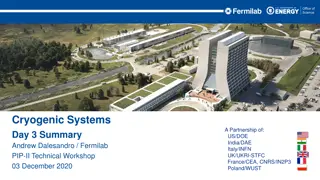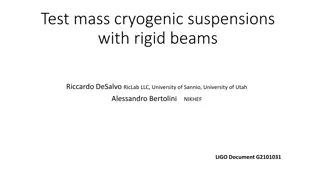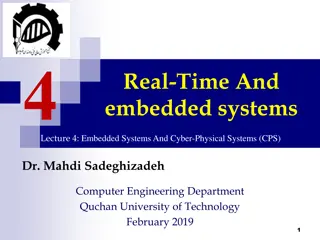Cryogenic Sub-systems
Explore the relationship between liquefaction, refrigeration, and isothermal processes in accelerator systems. Understand the equivalent exergy in Watts for different gases at 1 bar and 300K. Calculate the reversible input power required for latent cooling and the total cooling in different scenarios. Delve into the ratios of latent cooling to total cooling and reversible input power for efficient system design.
Download Presentation

Please find below an Image/Link to download the presentation.
The content on the website is provided AS IS for your information and personal use only. It may not be sold, licensed, or shared on other websites without obtaining consent from the author.If you encounter any issues during the download, it is possible that the publisher has removed the file from their server.
You are allowed to download the files provided on this website for personal or commercial use, subject to the condition that they are used lawfully. All files are the property of their respective owners.
The content on the website is provided AS IS for your information and personal use only. It may not be sold, licensed, or shared on other websites without obtaining consent from the author.
E N D
Presentation Transcript
Cryogenic Sub- systems Austin Grake
Isothermal Refrigeration Carnot (Thermodynamic) Cycle PHY 862: Accelerator Systems ?? ???? ?0 ? 1 ? = ??= ??????= 2
Liquefaction and Refrigeration Equivalence Determine on an equal exergy (in Watts) basis how many Watts of isothermal refrigeration is equal to 1 g/s of liquefaction for (a) and (b) at 1 bar (saturation conditions); i.e., what is the equivalent refrigeration load to 1 g/s of liquefaction; with the equivalence meaning both require the same amount of reversible input power. Assume normal hydrogen at 1 bar 300 K as the feed gas. Then consider two cases for the liquefied gas: (a) Helium, (b) normal Hydrogen. PHY 862: Accelerator Systems 3
Liquefaction e300K 1 bar 300K 1 g/s ??= ? ???? ?300?= 300? ???300? PHY 862: Accelerator Systems ????= ???? ? = ????(?300? ??) el 1 bar Tsat 1 g/s 4
Isothermal Refrigeration el eV ??= ? ???? 1 bar Tsat ???? ??= ? ???? ? ? ? = ???? ? = ????(?? ??) PHY 862: Accelerator Systems ? = ????( ? ?) q 5
Equivalence Liquefaction ????= ???? Refrigeration ????= ???? ? = ????(?300? ??) ????= ???? ? = ????(?? ??) PHY 862: Accelerator Systems ????= ????(?300? ??) (?? ??) ? = ????( ? ?) (A) 79 W (B) 879 W 6
Ratio of Latent to Total Cooling For the previous problem, determine (1) the ratio of the latent portion of the cooling to the total cooling (latent and sensible), and (2) the ratio of the reversible input power required for the latent cooling to the total reversible input power. As in the previous problem, consider two cases for the saturation condition: (a) Helium (b) normal Hydrogen PHY 862: Accelerator Systems 7
Ratio of Latent to Total Cooling 1 ??????? Vapor 300K 1 bar ?????????+??????? Qsensible Qlatent 2 3 ?? ?? ????? ?? PHY 862: Accelerator Systems Vapor 20.2K 1 bar Liquid 20.2K 1 bar (a) Qratio = 1% (a) Eratio = 21% (b) Qratio = 10% (b) Eratio = 49% 8
References Hasan, M. Nusair. Lecture on Cryogenic Systems Nov. 2023, Michigan State University. H. Bell, J. Wronski, S. Quoilin, and V. Lemort, "Pure and Pseudo-pure Fluid Thermophysical Property Evaluation and the Open-Source Thermophysical Property Library CoolProp," Industrial & Engineering Chemistry Research, vol. 53, no. 6, pp. 2498 2508, 2014. DOI: 10.1021/ie4033999. PHY 862: Accelerator Systems 9
